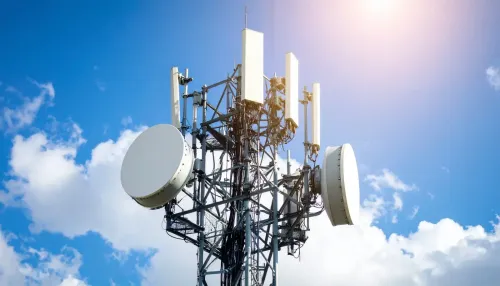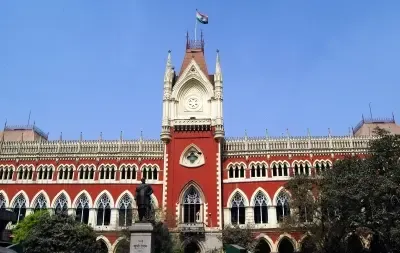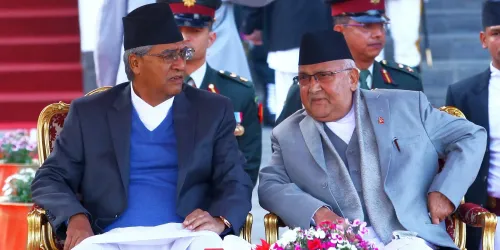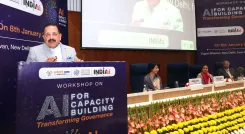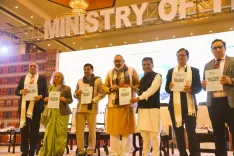Is Punjab Embracing the Direct Seeding of Rice Technique?
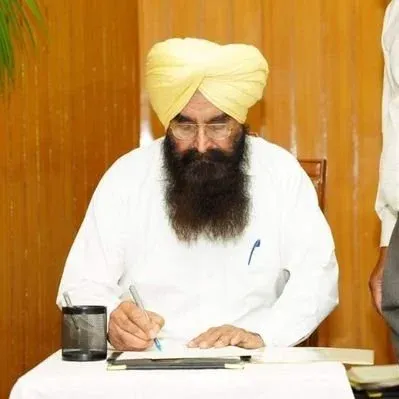
Synopsis
Key Takeaways
- 11.86% increase in DSR area in Punjab this year.
- Financial aid of Rs 1,500 per acre for adopting DSR.
- Proactive measures by the government to promote sustainable agriculture.
- Punjab contributes 25-35% of India's rice.
- Importance of water conservation in agriculture.
Chandigarh, July 23 (NationPress) Punjab's Agriculture Minister Gurmeet Singh Khudian announced on Wednesday that the state has made significant strides in conserving groundwater through sustainable agricultural methods. There has been an impressive 11.86% increase in the area allocated for the Direct Seeding of Rice (DSR) compared to the previous year.
This year, paddy has been cultivated using the water-saving DSR technique over 2.83 lakh acres, an increase from 2.53 lakh acres last year. The Minister expressed optimism that the DSR area will continue to expand as paddy sowing is still in progress.
The government is providing Rs 1,500 per acre as financial assistance to farmers who adopt the DSR method.
A total of 24,032 farmers have received this assistance during the kharif season of 2024.
Minister Khudian reaffirmed the government's dedication to promoting sustainable agriculture and commended the Agriculture Department officials for their efforts in advocating for this water-saving approach.
Administrative Secretary (Agriculture and Farmers Welfare) Basant Garg stated that the Agriculture Department has implemented various initiatives to encourage the direct seeding of rice.
These initiatives include awareness campaigns and farmer training camps to provide practical knowledge, alongside field demonstrations to illustrate the effectiveness of the DSR technique and educate farmers about its benefits.
Despite comprising only 3% of the nation’s net cultivated land, Punjab is responsible for 25-35% of the country's rice and 38-50% of its wheat in the central food grain pool.
The state is ranked fourth globally for productivity and holds the top position in India among all states. Meanwhile, neighboring Haryana has currently sown paddy over 34 lakh acres, with 57% of that area dedicated to basmati rice, which matures two weeks later than the non-basmati variety.



